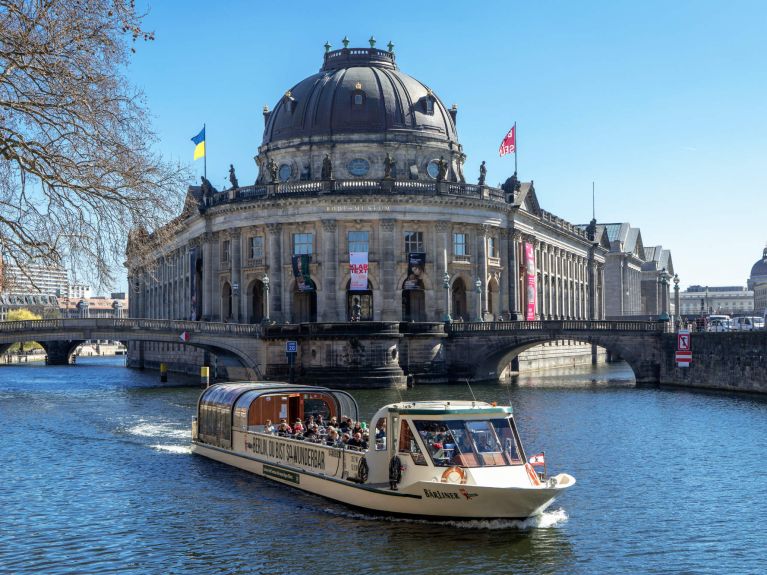From carnival to bread culture
Intangible cultural heritage is all about keeping traditions alive. Learn about customs, festivals and craftsmanship in Germany.

What do the Rhineland carnival, the Passion Play of Oberammergau, German bread culture, choir music and hip-hop have in common? All are examples of intangible cultural heritage in Germany. The nationwide inventory kept by the German Commission for UNESCO contains 144 entries.
What does intangible cultural heritage mean?
It is a question of preserving cultural traditions and keeping them alive. Germany does this in line with its motto of “Knowing. Doing. Passing it on”. Cultural heritage includes for example dance, theatre and music, customs and festivals, and traditional craftsmanship. The spectrum of inscriptions is wide: Some are important nationwide, while others are regionally significant.
How is the inventory of intangible cultural heritage compiled in Germany?
Groups in civil society that cultivate particular traditions or customs can apply to be included. This is decided during a multi-stage process. Applications are invited every two years. Criteria for inscription include proving that the cultural heritage in question is still alive and being creatively passed on and further developed.

Is there also global intangible cultural heritage?
Yes, there are three international UNESCO lists for the preservation of intangible cultural heritage. These three lists contain 678 inscriptions from 140 countries, including for example violin craftsmanship in Cremona in Italy, yoga from India and the Zaouli dance in Côte d’Ivoire. Germany is represented by seven inscriptions: cathedral workshops, the idea and practice of cooperatives, organ craftsmanship and music, falconry, indigo dyeing, modern dance and timber rafting.

What is the difference between intangible cultural heritage and world heritage?
The UNESCO World Heritage sites include only historical buildings, city ensembles and cultural and natural landscapes. The list encompasses more than 1,000 sites in 168 countries, including for example the Historic Centre of Rome, the Statue of Liberty in New York and the Serengeti National Park in Tanzania. In Germany there are 52 World Heritage sites, from Cologne Cathedral and Museum Island in Berlin to the Wadden Sea.
Further information about intangible cultural heritage can be found here.


